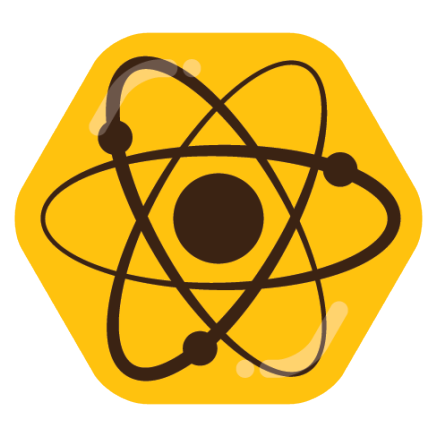

Well, I doubt they’ll release one for my clippers since they’re discontinued, so that inspired me to go ahead and model a variable-depth one for myself. Based on some of the comments here, I thickened the comb blades to make them print more easily.



Well, I doubt they’ll release one for my clippers since they’re discontinued, so that inspired me to go ahead and model a variable-depth one for myself. Based on some of the comments here, I thickened the comb blades to make them print more easily.



They havent released one for the razor I have, but honestly I might try modeling them myself. Doesn’t seem impossible, and I’ve been waning a deeper comb than they sell.


No no of course not, but it’s a compatibility layer for windows inside linux.


That…is wine.


…and for anyone like me who was unsure, yes it works equivalently for AMD. I think Intel as well, but I’m not sure about that.


These aren’t relying on gravity, theyre relying on maintaining a vacuum, and concrete is extremely porous. They’re obviously sealing the inside of the chamber, but basically no coatings have a lifetime of 60 years for holding vacuum.


Well, you will have excess solar power during the day, so just keep it plugged in to the solar while solar is available. Then, just unplug the laptop in the evening until you get to 15-20%.
Trying to force the laptop to discharge while plugged in is colossally more trouble than it’s worth.


I would assume that they left the MX off of laptop GPUs, since they’re all MX cards, until recently. Regardless, the “card of the right approximate era” thing should work, unless there are specific patches for your card, which is unlikely.


It seems to me that the offending dialog would only be triggered if you did a full fresh install. During the previous iteration of the testing, they probably had a VM somewhere with it installed; since the underlying packages were already present, the dialog would never have popped up.


Wait is the stupid lag in Word because it’s running on Electron now??? That explains so much.
Edit: after a little bit of searching, it looks like it just loads webview2 to avoid having to load it if you open any of the add-in search panels. So the lagginess of new word is just inexcusable.
Ubuntu 16.04, dual booted on my laptop before I knew how much of a hassle that could be! Fortunately, never had any of the infamous issues.


Being landed gentry must have helped in getting your hands on one!
Couldn’t find any near me at less than $200 over MSRP :(


A new iteration of open-source drivers for NVIDIA cards which aims to work better and be more feature-complete. Original announcement post here which explains a bit better.


There are currently 252 Catholic cardinals, but only 135 are eligible to cast ballots as those over the age of 80 can take part in debate but cannot vote.
You’re telling me the Catholic church has more term limits than the US Supreme Court?
Will do! I didn’t make this clear, I did think labplot was a great software for folks who don’t already have the skillset to make plots directly in python – which is the majority of people, and probably the target audience.
Keep up the good work!
Mi was trying out labplot yesterday, and as far as I can tell it can only really plot, not do any sort of transformation or data analysis. The plotting UI itself is pretty nice and the plots look good, but for most of my use cases its worth it to just spin up a Jupyter notebook and work with MatPlotLib directly.
If it could become a general-purpose UI for matplotlib, thatd be fantastic, but its pretty limited in actual usability for me at the moment.


Not somebody who knows a lot about this stuff, as I’m a bit of an AI Luddite, but I know just enough to answer this!
“Tokens” are essentially just a unit of work – instead of interacting directly with the user’s input, the model first “tokenizes” the user’s input, simplifying it down into a unit which the actual ML model can process more efficiently. The model then spits out a token or series of tokens as a response, which are then expanded back into text or whatever the output of the model is.
I think tokens are used because most models use them, and use them in a similar way, so they’re the lowest-level common unit of work where you can compare across devices and models.


Hmmmm milk is slightly acidic, and concrete will dissolve if the pH is lowered from its normal high alkalinity, so given a large enough volume of milk…I suppose milk would dissolve concrete substantially faster than water would.


There’s going to be a temperature range somewhere between “fridge” and “corona of the sun” where that milk is the foulest-smelling thing in the universe.
Yeah, mint uses synaptic. Works well in my experience.